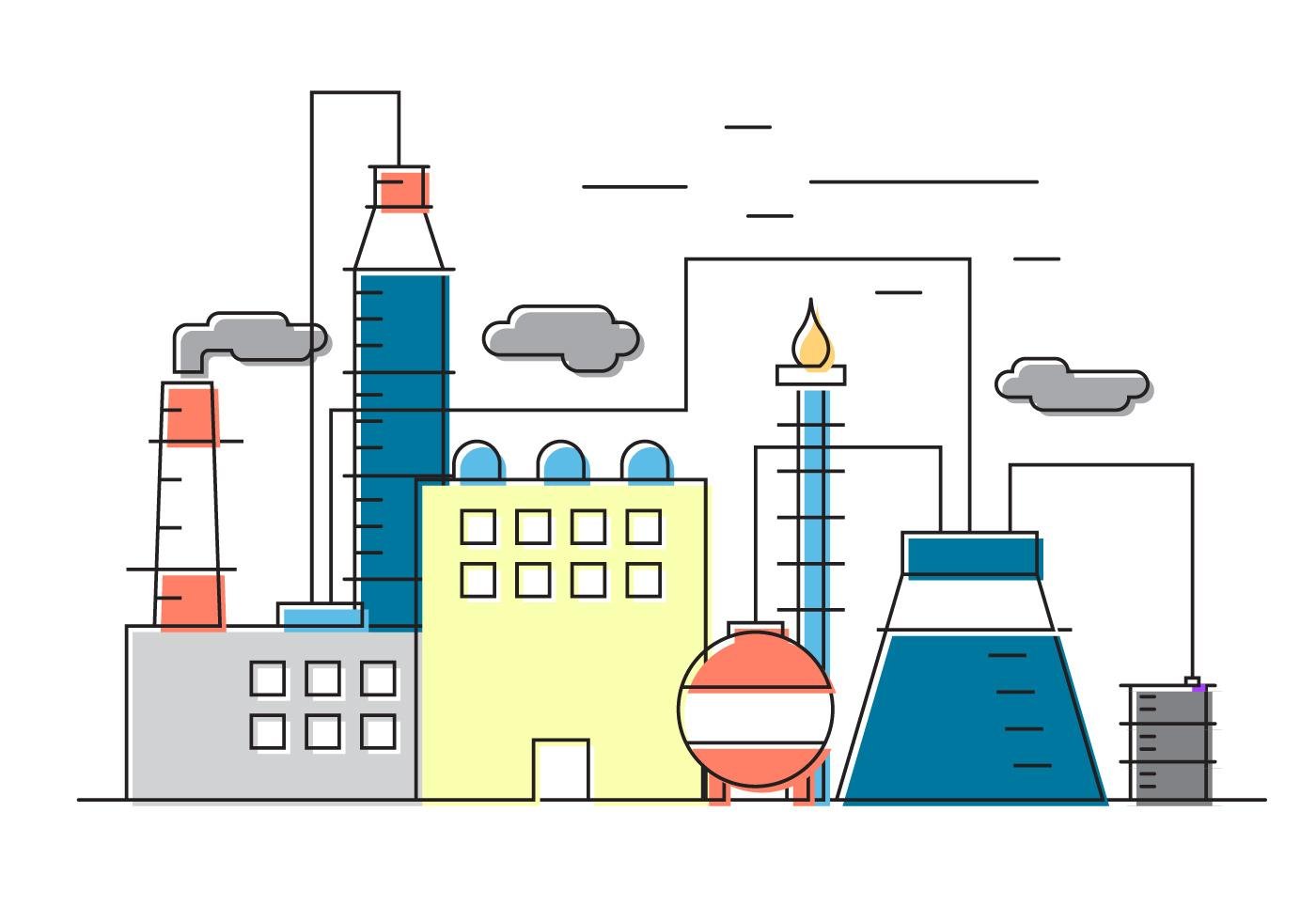WASTE 2 ENERGY

PYROLYSIS
The vast quantities of waste produced around the World represent a large and growing problem for governments and for the companies and communities that must dispose of it. They are seeking ways to avoid landfill costs for those types of waste not amenable to recycling. Incineration is no longer a viable solution.
Simultaneously, the days of cheap and abundant fossil fuel are over and attention is increasingly turning to renewable forms of energy production.
MSW provides a solution to the above stated problems as well as various other benefits:
- Continuous Renewable Energy: Renewable, Green Energy that is not dependent on wind, sun or other climatic conditions.
- Reduction in New Landfills, Rehabilitation of Existing Landfills & more efficient and focused method of Waste Disposal.
- Reduction in Incineration: W2E Plants eliminate the need for incineration of non-recyclable waste.
- Pollution and Emissions Reduction: Elimination of harmful emissions and other pollutants.
- Employment: Creation of new jobs in the construction, operation and maintenance of W2E facilities.
PYROLISATION THE PROCESS
Basic explanation of the chemical reactions that take place during the Pyrolisation Process:
Organic compounds will, if heated in a controlled manner, break down into lower molecular weight compounds, changing physical form as their molecular weight decreases. Within this reaction, organic solids will be converted first into liquids and then into gases.
On the basis that heating is achieved in an oxygen-starved environment, the thermo-chemical decomposition process is termed gasification. Pyrolysis is an advanced form of gasification and takes place at elevated temperatures in the absence of oxygen. Pyrolysis is capable of treating many different solid hydrocarbon-based wastes. Pyrolysis and gasification are dissimilar to burning, which requires oxygen.
Pyrolysis can be used to produce gas or liquid products. Pyrolysis can produce a clean fuel gas mixture of methane, carbon monoxide and hydrogen called “syngas”. This syngas will typically have a calorific value of 19 – 30 MJ/m3 depending on the waste material being processed. The lower calorific value is associated with biomass waste, the higher calorific value being associated with other wastes such as sewage sludge. Gases can be produced with higher calorific values when the waste contains quantities of materials with a high calorific value, such as rubber.
Pyrolysis can also be used to produce liquid fuel, similar to diesel, which can be readily stored and transported.
Syngas is suitable for utilization in either gas engines to generate electricity, or in boiler applications. Syngas burns more efficiently and cleanly than the waste from which it was made.
Biomass pyrolysis can thus improve the efficiency of large-scale biomass power facilities such as those for forest industry residues and specialized facilities such as black liquor recovery boilers of the pulp and paper industry, both major sources of biomass power. Like natural gas, syngas can also be burned in gas turbines, a more efficient electrical generation technology than steam boilers to which solid biomass and fossil fuels are limited. The MSW pyrolysis process has successfully operated gas engines utilizing many different biomasses as the feed source.
During the gas cooling phase a MSW-designed gas clean-up system is employed to render the syngas “engine friendly”.
Pyrolysis leaves a solid inert residue of between 10 to 15% of the biomass processed. This can be used in a residue beneficiation process or low value applications such as road fill or brick-making, with the worst case scenario of non-hazardous landfill.

MSW SCHEMATIC

Pyrolysis of organic substances produces gas and liquid products and leaves a solid residue. Pyrolysis can be used to create syngas, which is then used to generate electricity. Syngas produced by Pyrolysis can also be used to produce liquid fuel similar to diesel and other high revenue fractions.
The technologies developed to have universal application to countries, communities and industries that produce large amounts of waste and consume high levels of energy. The technologies that MSW will continue to develop include:
- Autoclaves: used to sterilize waste, remove pathogens and break down the waste into a homogeneous, smaller size feedstock for Pyrolisers. It sterilizes the recyclables, rendering them of a saleable purity. Converts the carbonaceous matter to cellulose fiber suitable for transfer to the Pyrolisers.
- Dryers: Used to remove moisture in order to increase the efficiency of the Pyrolisers. Dryers use engine exhaust for increased efficiency.
- Pyroliser: The key component in the MSW plant. It converts cellulose fibre or biomass to syngas by application of heat in an oxygen starved environment.
- Thermal Oxidisers: Ensures that all world-wide emission standards are achieved with ease.
- Gas to Liquids catalytic conversion Plant.
COMPARISON OF INCINERATION, GASIFICATION & PYROLYSIS

Incineration: Combustion of materials in an oxygen-rich environment, producing heat, smoke, ash and other by-products. Example would be burning waste in a commercial incinerator to heat water to power a steam turbine.
Gasification: Breakdown of hydrocarbons into a syngas by carefully controlling the amount of oxygen present. And example would be the conversion of coal into town gas.
Pyrolisation: Thermal degradation of waste in the absence of oxygen to produce char, pyrolysis oil and syngas. Example is the conversion of cellulose fibre into a synthetic gas.
Combustion of materials in an oxygen-rich environment produces heat, ash, smoke and other harmful by-products. The breakdown of feedstock into a synthetic gas by carefully controlling the amount of oxygen present is still a “burn” process. Thermal degradation of feedstock in the absence of oxygen to produce pyrolysis oil or syngas is very different and results in virtually no harmful emissions.
Advantages of Pyrolysis over Incineration or Gasification:
There are several advantages to using pyrolysis to produce an intermediate fuel rather than directly burning raw waste.
- Can be used for many types of waste, such as tires, that are not suitable for incineration or gasification
- Produces a higher electrical output per ton because heterogeneous feedstock such as MSW or mixed waste is turned into a homogeneous gas or liquid fuel that can be used in high-pressure boilers, gas turbines or engines
- Two pollution control steps, one after pyrolysis and another after gas firing, ensure output exhaust from an advanced recycling and energy conversion plant is much cleaner than smoke from an incinerator or from gasification
- Cleaning a small homogeneous fuel gas stream before combustion rather than a large flue gas flow after burning mixed waste, as in an incinerator, reduces the size and complexity of the pollution control equipment and process
- Controlled combustion of syngas in a gas flame, as opposed to burning raw waste on a grating, reduces the extent and complexity of final exhaust cleaning.
- Produces fuel in liquid or gas form that can be safely stored or transported.
